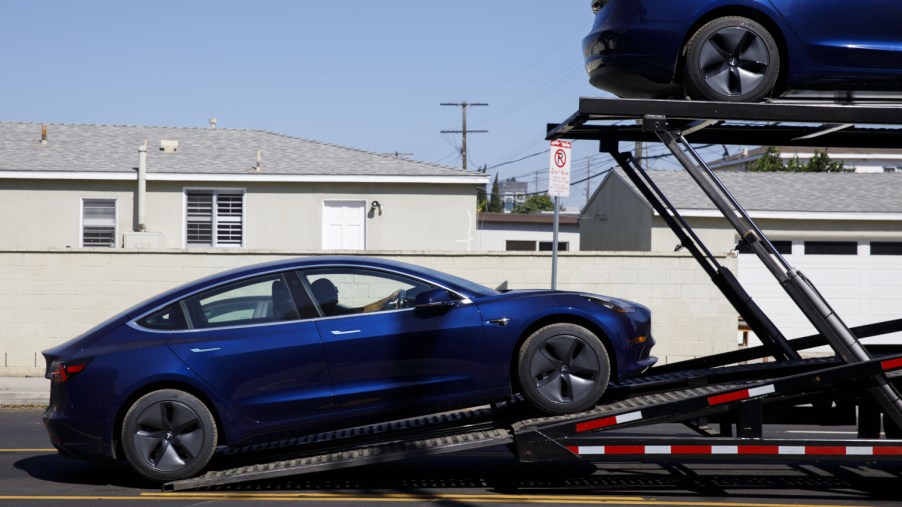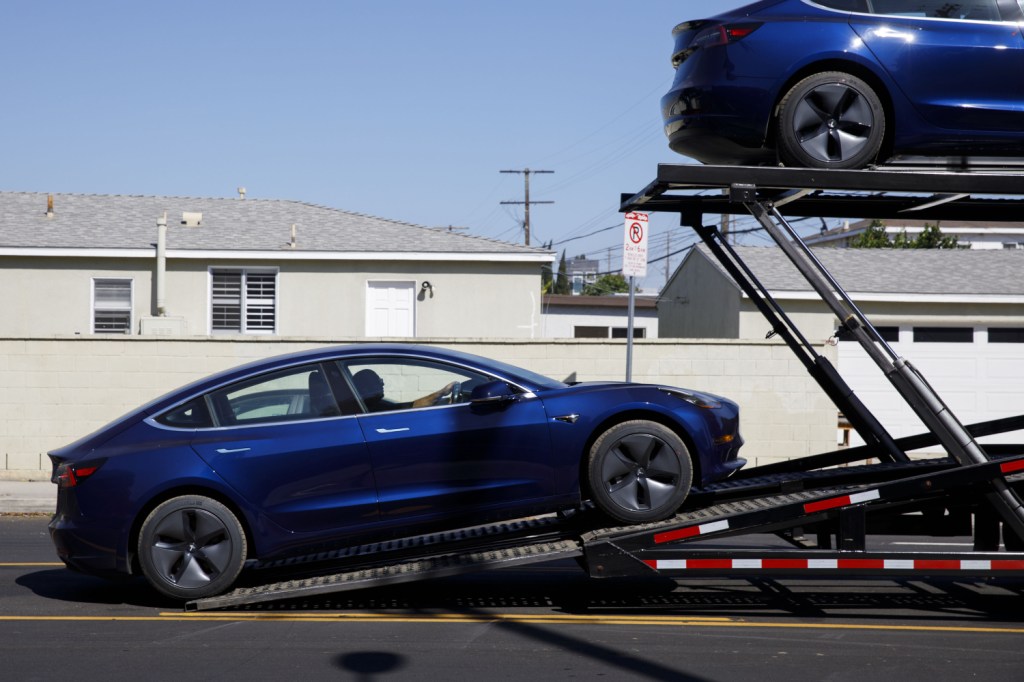
Man Buys 39 Cars Including Tesla and Escalade With $1.5M in PPP Money
Using fraudulent funds to buy a Tesla? What could go wrong? The federal government has been hard at work tracking down fraudulent use of the Paycheck Protection Program. While the program was intended to keep businesses afloat during the pandemic, some people used the money to buy luxury automobiles.
A Tesla and an Escalade were not enough

Rudolph Brooks, Jr. of Maryland was busted for a fraudulent scheme in April 2021. The U.S. Department of Justice charged him with one federal count of wire fraud.
Brooks is the owner of Cars Direct by Gavawn HWD Bob’s Motors. The business is known as Cars Direct. He incorporated the business back in 2010.
Brooks forfeited Cars Direct in 2012. This essentially means the business no longer existed after that year. He revived the business in May 2020. Brooks allegedly applied for a PPP loan for more than $1.5 million.
“In support of the Cars Direct PPP loan application, Brooks allegedly submitted fraudulent tax forms which allegedly reported $724,469 in payments via Forms 1099-MISC and $7,471,630 in total unemployment payments to employees from Cars Direct.”
U.S. Department of Justice
Maryland’s Department of Labor has no records of wages paid by the business. However, Brooks paid no payroll-related expenses from the accounts that received the money. In other words, Cars Direct was not operating.
A simple wire transfer for a Tesla Model 3
After that, Brooks used the fraudulent gains to purchase 39 different cars, including a 2018 Tesla Model 3. The 2018 Tesla Model 3 goes for around $50,000-$60,000. That is dependent on the condition. He also had around $2.2 million sitting in bank accounts.
Allegedly, Brooks sent a wire transfer on July 30, 2020, for $60,407 for the Model 3. The name on the transfer was Rudolph Brooks, Jr., while the driver’s license on file was for another relative. He registered the Model 3 at the same residence listed on the driver’s license.
Other vehicles include a 2017 Mercedes Benz S Class and a 2014 GMC Yukon XL. Similarly, a 2017 Infinity Q50, a 2015 Cadillac Escalade, and a 2005 Bentley Continental were purchased. In conclusion, the purchase of these cars was not an approved use of the PPP loans.
Additionally, he went on to purchase a property in Baltimore with $133,669.54 in PPP funds. Mr. Brooks purchased this under an LLC with the name Madaro, of which he was listed as the resident agent.
What happens to the seized cars?
If the government seizes an item, it might be available for sale on the U.S. Marshals Service Asset Forfeiture Program site. Currently, there are a few cars available on the site through Rudy Smith Auctions. A 2019 Audi A6 is available through May 5, 2021.
A 2013 Infini JX35 and a 2011 Porsche Panamera are also available. The Panamera has 51,700 miles and is being sold “as is.” Additionally, a 2010 Rolls Royce Ghost with 38,900 is available. The left rear exterior door handle is missing.
Although the process is not quick, there are many luxury vehicles available for sale from this process. One man’s trash is another man’s seized treasure or something like that.



